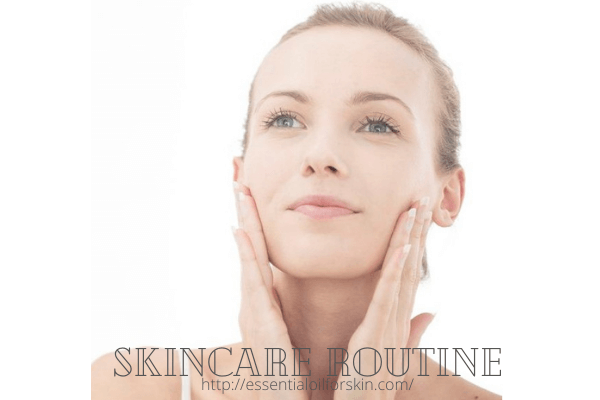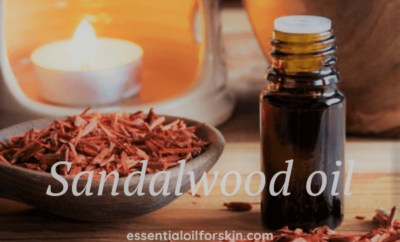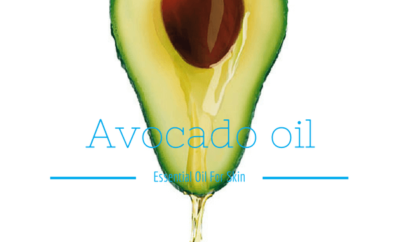
Uncategorized
how to build your skincare routine
you want to start a skincare routine, but you have some questions: How many skincare products do you have to use? Which ones suit your skin? In what order should these products be used? And what do the products even do?
To get the most benefit from your daily skincare regimen, regardless of skin type, you should start with three simple steps: cleanse, treat, and moisturize.
Skin Care Routine: A Step-by-Step
Cleanser
Face cleansing should be the first step in any skincare routine, To get rid of the day’s grime, dirt, excess oil, and makeup, some experts recommend removing your makeup first with a dedicated makeup remover before washing your face with a gentle cleanser. Better yet, try double cleansings, which involve using a cleansing oil first to dissolve your makeup and then washing your face again with your regular cleanser. But be gentle. “Too many people cleanse too much or too often or with a cleanser that’s too harsh, which will actually break down your skin’s protective barrier,” Dr. Magovern. If you have dry or sensitive skin, try washing only at night and rinsing your face with water in the morning.
Toner
Toners it’s a must-have in a skincare routine, it should be done after cleansing and before putting on anything else It’s a great way to refresh skin, remove any residual debris, and balance pH. choose your toner depending on your skin needs or problems for example if you have acne-prone skin, look for a toner with ingredients like salicylic acid to combat breakouts. For dry or sensitive skin, seek out a hydrating toner made without parching alcohol and with ingredients like glycerin and hyaluronic acid to soothe. The traditional application method is to saturate a cotton pad and pass it over your face. But, this way you end up losing a lot of product.
Tip: Applying toner with clean hands is the most efficient. Just pour a few drops in your palm, then swipe it on.
serum
serums are super-concentrated, nutrient-dense treatments that address specific concerns, so it’s better to keep them as close to the skin as possible. There are various serums available on the market today, but for daytime, Look for an antioxidant, like vitamin C Dr. Magovern says. “It helps reverse a lot of the skin damage we get from the sun and pollution.” Everyone should use vitamin C, no matter what age, it provides a variety of benefits—from blunting your skin’s inflammatory, response to neutralizing damage from UV rays and environmental pollutants. For darker skin tones, hyperpigmentation can be a common issue, and using a vitamin C serum in the morning can help mitigate dark spots.
Eye Cream
Eye creams fall into the “treat” category, too. Regular use of eye cream over time will keep the eyelid skin elastic and can improve or prevent against some fine lines or collagen loss. Remember: Nothing is magic. Results don’t occur overnight, it’s vital to apply an eye cream at least every night—if not twice a day—starting in your 20s. If desired, lightly tap on a formula targeted to your eye-area concerns, using your ring finger to avoid tugging on delicate skin and causing damage.
5. Moisturizer
Next come heavier formulas like moisturizer, which keeps skin hydrated and helps strengthen its barrier. Choose a lighter daytime moisturizer that absorbs quickly and does not curl under makeup, such as lotions and gels, unless your skin is dry. If your skin is drier, try a thicker formula, like a cream. “Look for ceramidesor hyaluronic acid, since these ingredients are the building blocks of moisture retention in the skin,” Dr. David explains.
The Difference Between a Day and Night Cream
Creams you apply in the morning are equipped to protect your skin from the environmental aggressors you’ll face when you leave the house—many contain antioxidants to minimize pollution-based free radicals and sunscreen to shield you from ultraviolet radiation. They typically have a light consistency. Night creams, on the other hand, focus on repairing any damage you might have picked up with ingredients like retinol to speed cellular turnover and counteract dark spots. These creams also replenish moisture levels, which naturally dip in the evening, with emollients that often create a rich, thick texture.
6. Sunscreen
All of the experts agreed on one thing: that sunscreen is, hands down, the most crucial skin-care product.
It’s the most important step in any skincare routine, for every skin type and age. “If you don’t wear sunscreen, you might as well not do any of the other steps,” Dr. Magovern. The sun is the number one reason people’s skin ages prematurely. And the damage isn’t only cosmetic, no matter what your skin color “Plus, if you’re treating hyperpigmentation without daily SPF use, it’s like taking two steps forward and one step backward.”
Apply sunscreen 30 minutes before sun exposure, and reapply at least every two hours. Face sunscreen is the last step in your morning skincare routine, including on your neck and the backs of your hands. Protecting your skin from the sun is important even if you’re spending your days indoors, as UV rays can penetrate through the windows.
Helpful Hints and Pointers
If you have multiple concerns, you might want to use multiple formulas. “I recommend treating different areas with different products,” Mattioli says. “Maybe you’ll use a vitamin C serum all over but then dab on [another] for hyperpigmentation on just a few spots.” Just run any combination by your dermatologist to avoid any potential reactions.
To save time, don’t try mixing a serum into your moisturizer. This “lessens the ability of the serum to absorb effectively,” Dr. Nazarian says. “Products should be applied one by one.”
So which product goes on top of what, you ask? An easy rule of thumb to follow is to apply your products with the thinnest consistency to thickest, or from liquid to cream. “In general, think thin-to-thick, but you also want to first use the products with the ingredients that are most important to penetrate into the skin (like antioxidants in serums) and finish with the products that need to sit on top of the skin (like emollients and humectants in moisturizers
Not all serums are applied with the same frequency. “This varies with the ingredients,” Dr. Nazarian says. “I prefer antioxidants in the morning because they give you additional protection from the environment, and most of us don’t use enough sunscreen as is,” Mattioli says. Yet certain ingredients are best when slathered on at night. For example: “Retinols are not sun-stable and will degrade if applied in daytime,” Dr. Nazarian explains. Bottom line: Read the label instructions carefully.
Listen to your skin. Remember that you are unique and no one has your skin. No matter what experts say, it’s important to find what works for you and always be kind to your skin.





0 comments